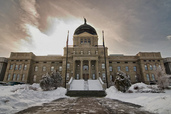
I’m running out of Missoula County, House District 99.
Here are 20 bills I’d like to see the 2017 Montana legislature take up.
You’re more than welcome to donate to my campaign so I can get that work done.
I can accept $170 per person and no more – that’s the law.
If you’d like to donate to my campaign, please write a check to:
Greg Strandberg
2320 Livingston Ave. #1
Missoula, MT 59801
Also, please include this information for campaign finance reporting purposes:
Now, what will I do with your donated money? This is my plan:
- $150 for two-sided campaign business cards;
- $100 for yard signs;
- $20 for printer paper;
- $40 for printer ink;
- $40 for postage.
That comes out to $350.
When I ran for the legislature in 2014 I raised more than $1,400.
I don’t plan on raising that much money this time, nor do I plan on asking the same people.
Why? I felt ashamed of wasting so much money last time.
So I’m going with a different strategy this time.
Will it work? Maybe.
Will it affect you? Probably not.
- In 2014, 2,685 people voted in the HD 99 race.
- In 2012, 5,691 people voted in the HD 99 race…though the districts were different then.
- In 2010, 3,404 people voted.
Yeah, not that many people vote…and let’s not even get into the primary.
It comes out to 0.5% of the state’s population that voted in HD 99 in 2012.
So I probably won’t be changing your life. Hell, I probably won’t even make it better.
In fact, I think your life will get worse…whether I’m elected or not.
It’s all in the numbers.
That’s a look at the 2014 voting map for Montana, taken from Politico.
As you can see, the state is red.
Now, it is true that there are islands of blue in that sea of red.
These are our cities, the last bulwark that Democrats have against the inevitable onslaught of Republicanism sweeping across the state.
Has it always been this way?
Well, for most of my life. And don’t think presidential years are any different. Here, look at the map for 2012:
I don’t expect 2017 to be much different, mainly because it’s never been in the past.
- In 2015 the GOP had the advantage in the House, 59-41, while in the Senate they had 29-21.
- In 2013 the GOP had the advantage in the House, 61-39, while in the Senate they had 29-21.
- In 2011 the GOP had the advantage in the House, 68-32, while in the Senate they had 28-22.
- In 2009 it was a tie in the House, 50-50, while the GOP had the Senate, 27-23.
- In 2007 the GOP had the advantage in the House 50-49 (1 Constitution Party member), while in the Senate that year the Dems had it, 26-24.
I could keep going on, but I think you see the point.
In fact, Montana Democrats have not controlled the Montana House of Representatives since the 1991 session…back when my grandpa was serving.
The last year Montana Democrats controlled both chambers of the legislature was in 1985.
So I’m not real confident that I’ll be able to do much, or that Democrats will be able to do much, when it comes to the Legislature.
That’s why you see such a push to keep Bullock this year – without him there’s no veto pen, no way to stop the kooky Republican legislation.
The State of Montana
More than a million people live here and of those, 15% live in poverty.
Our average household earnings are just $46,000 a year, and that with 92% of our residents having a good education.
For decades now, our wages here in Montana have been falling.
Oh, you can argue that they’ve picked up a bit in recent years, but that just puts us back at 1990s levels.
We can do better.
We have to do better.
If we don’t, we’ll continue to see young people leave the state. The costs of everything will go up because of that as businesses have to pay more for the limited number of workers we do have.
On top of that, Montana is getting old.
In just 4 years, 52% of our state’s population will be over 40-years of age.
By 2030 that’ll be 56%, but more alarming, our prime workforce age group of 20 to 39-year olds will fall during that time.
People are leaving the state and it’s no secret why – jobs.
If you can find a job for $30 an hour on the coast, why would you stay in Montana where you can only make $14 an hour…if that?
Our entire economic sector has been upended over the decades, so much so that it’s no longer working for us, but against us.
- 5% of our workforce is farming. In 1950 it was 17%.
- 2% of our workforce is mining. In 1950 it was 6%.
- 15% of our workforce is government;
- 8% of our workforce is hotel and food workers;
- 11% of our workforce is retail trade.
It’s those last three that I find most alarming for our future.
While it’s true that retail sales brought in $675 million to Montana in 2014, those jobs don’t pay much.
Restaurants and bars brought in $707 million to the state that same year, but those jobs don’t pay that much.
Government gives me the most pause. Those 68,000 workers are putting money into the economy through wages, but that money we pay them comes from the pocket of taxpayers, not from the profits of business.
A continued increase in government workers while private sector workers struggle is not the answer the state needs.
What we do need is higher pay for the jobs we have.
Unions are a good way to bring that about, but alas, there’s been little effort at increasing union rolls or expanding into new industries or sectors of the economy.
Montana’s unions have become as stagnant as our wages.
That’s a shame, because more tourists than ever are coming to Montana.
We know from an April 24, 2015, report in the Missoulian that “outdoor recreation contributes $5.8 billion in consumer spending, 64,000 Montana jobs, $1.5 billion in wages and $403 million in state and local revenues.”
According to the Flathead Beacon in January, a total of $3.6 billion was spent by tourists in Montana in 2015.
That’s where Montana’s economic future is, not in mining or resource extraction or even the cutting off of access to public lands.
Public lands will be a hot topic in the 2017 Montana Legislature, you can be sure of that.
As you can see, we have about 628 million acres of federal land in the state.
Keeping that land in federal hands, while at the same time finding ways for better state management, will be a goal for Democrats and many Republicans.
Something else that’ll be discussed is our fire fighting costs, which to me at least, revolve heavily around our ability to keep snowpack.
Already this year we’re down compared to this time last year.
There’s not much we can do about that, and that goes for a lot of Montana issues.
Forces outside our borders and outside our control often play havoc with us, dictating our actions for us in most cases.
Climate change, global market demands, the vagaries of geography – all of these play heavily into what we can and can’t do in Montana.
Something we can do is fund infrastructure. Here’s a look at all the things we wanted in 2015 but didn’t get:
All of that comes out to $409 million, a lot more than we have as a surplus at this point.
At a glance you can tell that several cuts to the Long Range Building Program, eastern Montana oil and gas infrastructure, MSU’s Romney Hall, and the Montana Heritage Center make up $254 million.
If you were to get rid of all of that our infrastructure costs would be $155 million.
I’m sure we need most of that stuff, but do we need all of it?
That’ll be a hot button topic for legislators over the coming months. With hard work and a lot of discussion we can figure out the answers.
There will be 150 legislators in Helena starting in January 2017. I hope to be one.
With your support I will be.

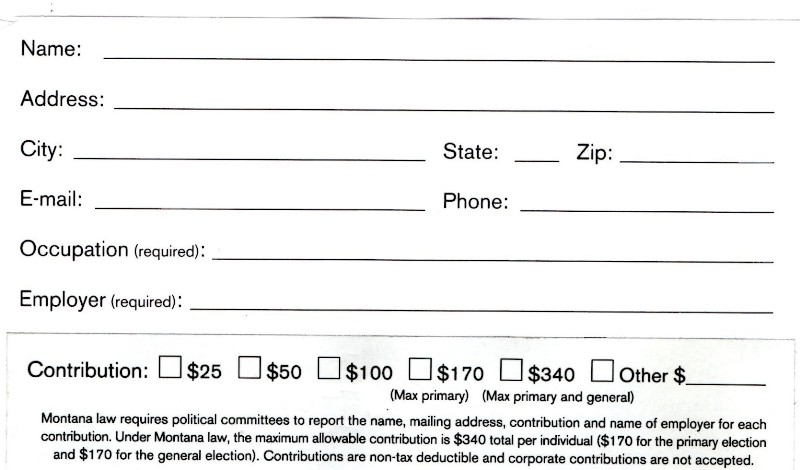
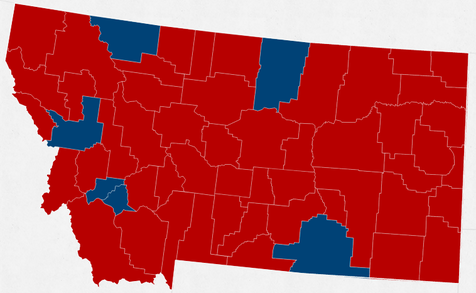
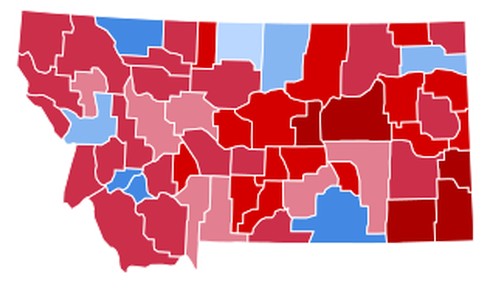
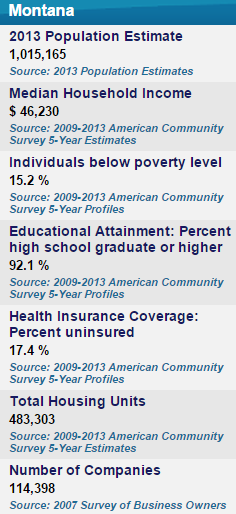
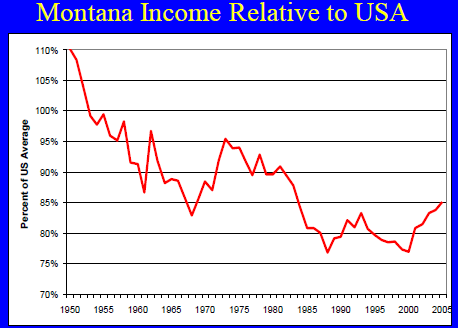
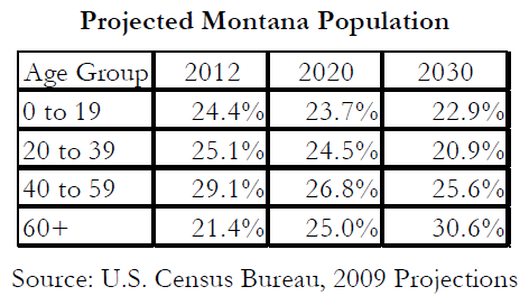
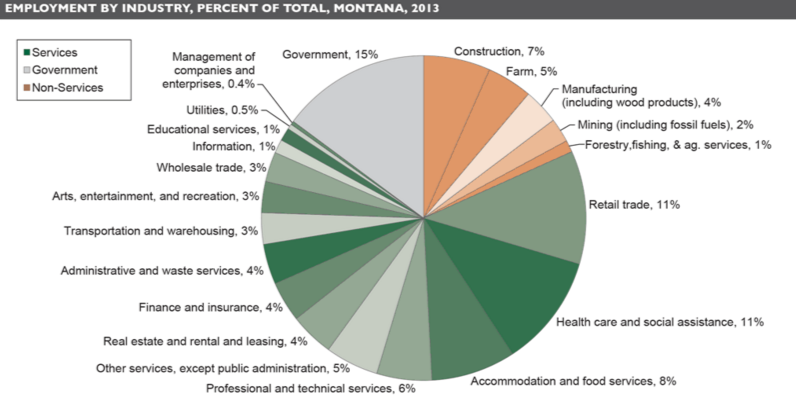
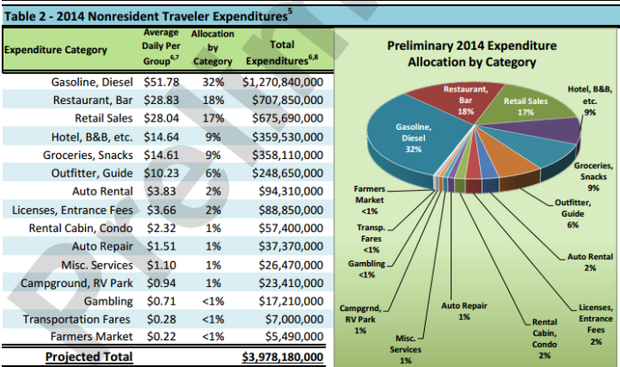
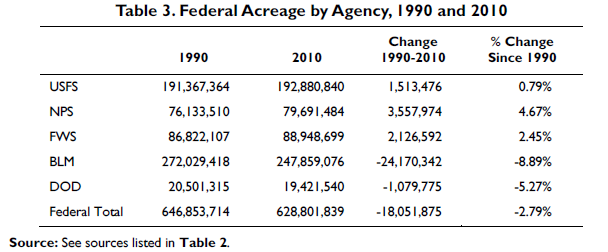
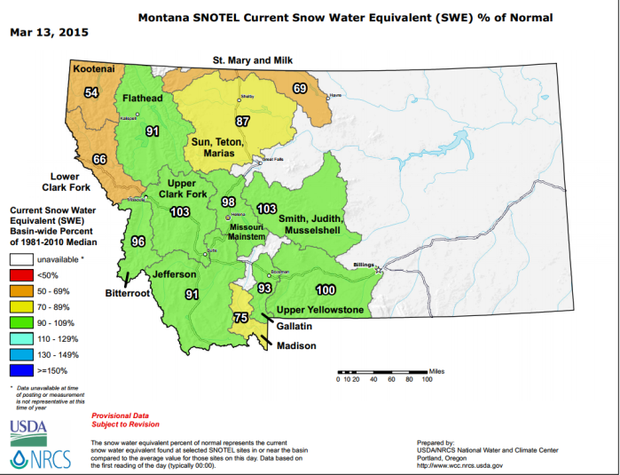
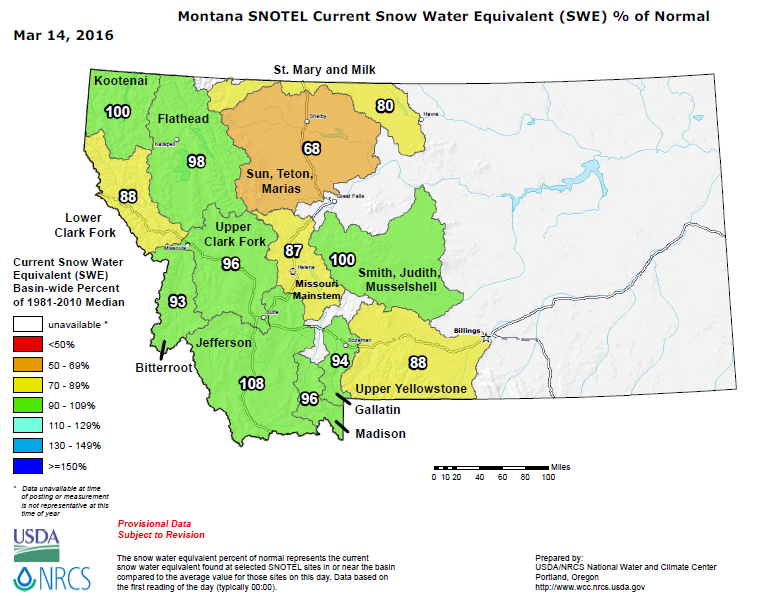
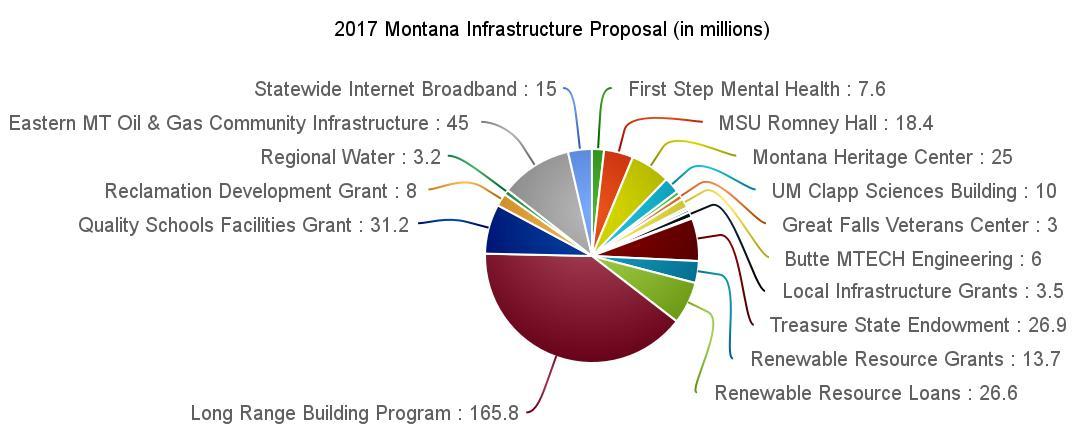
 RSS Feed
RSS Feed